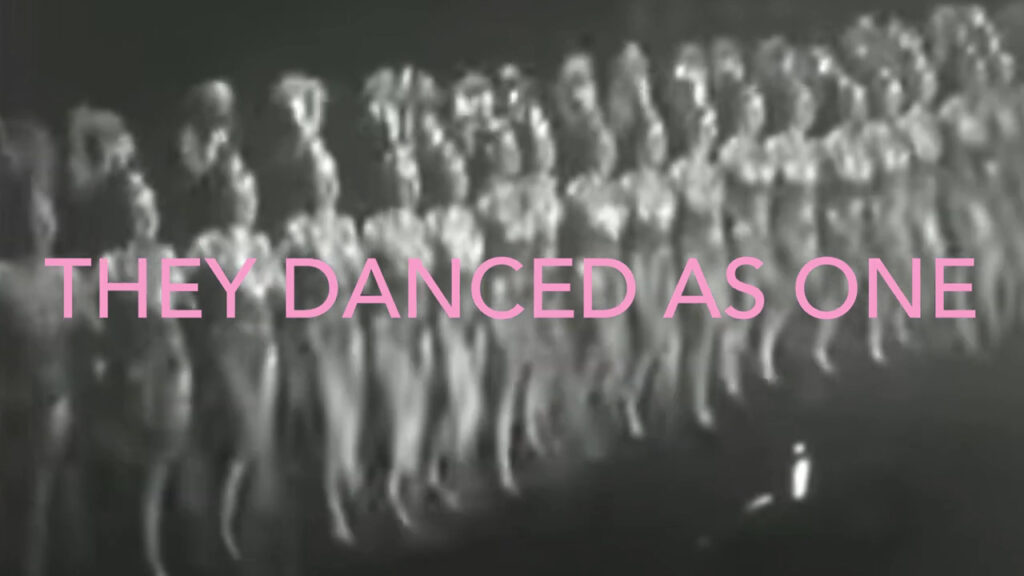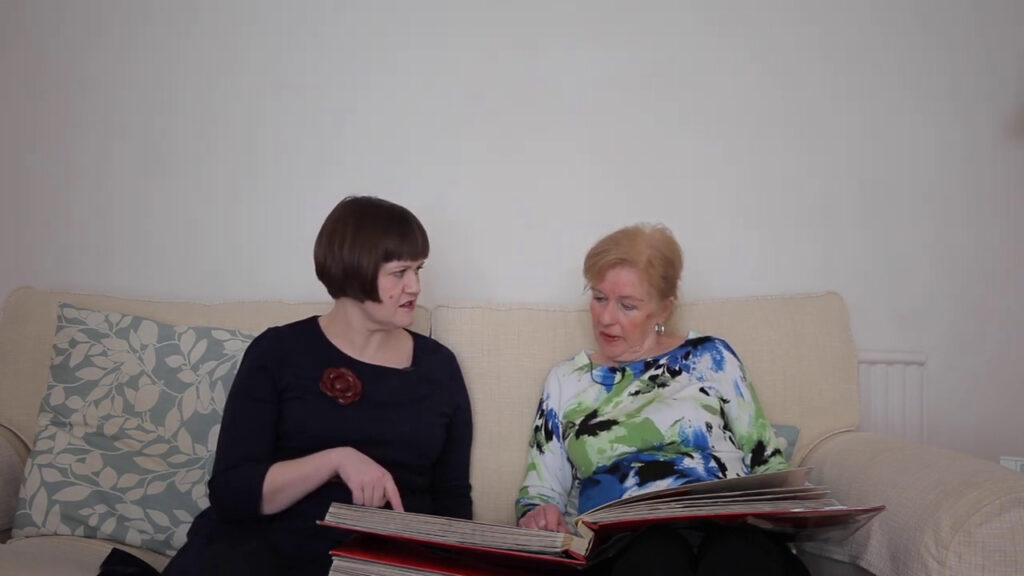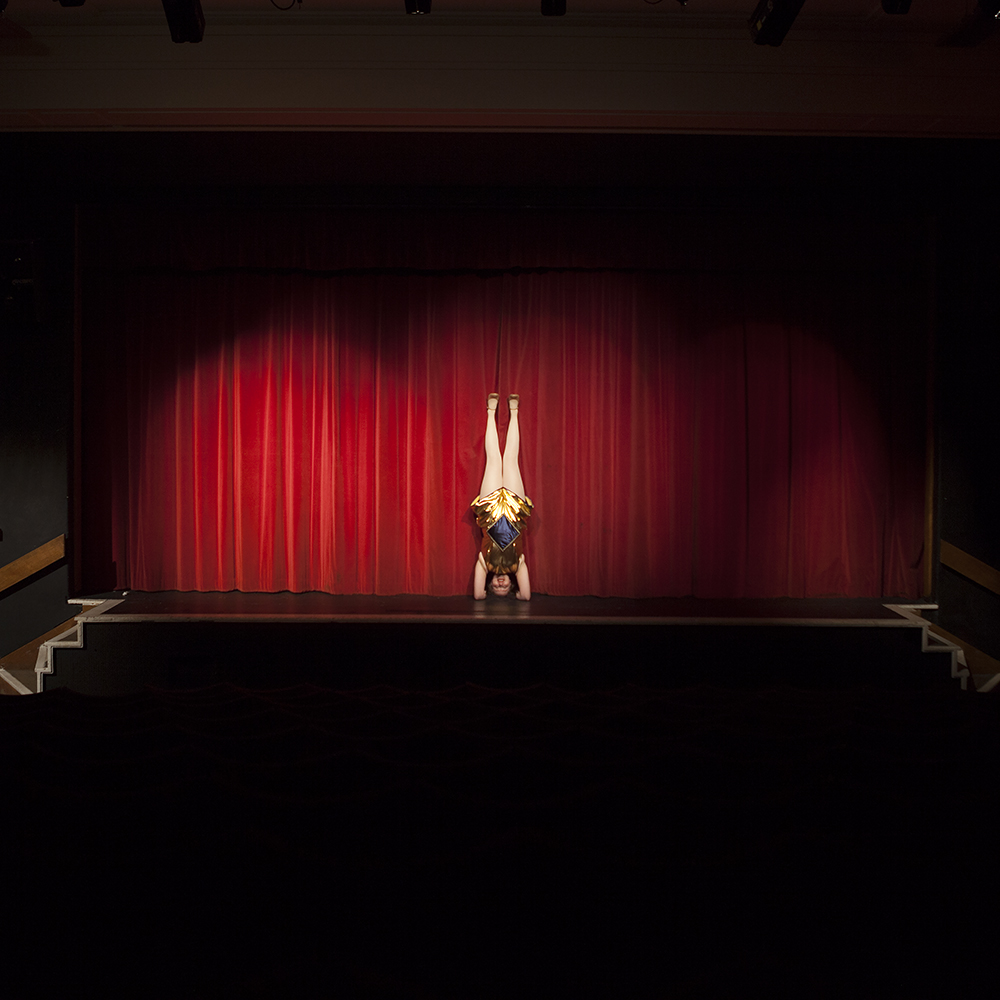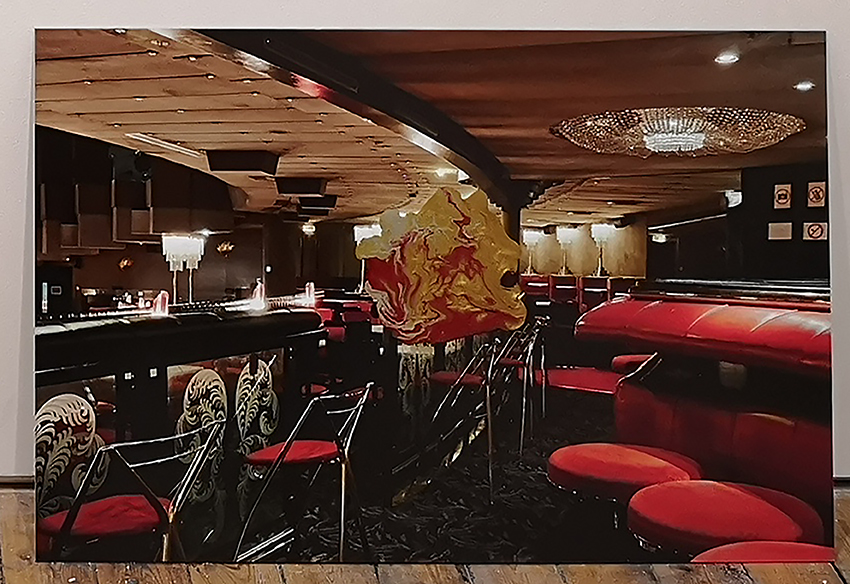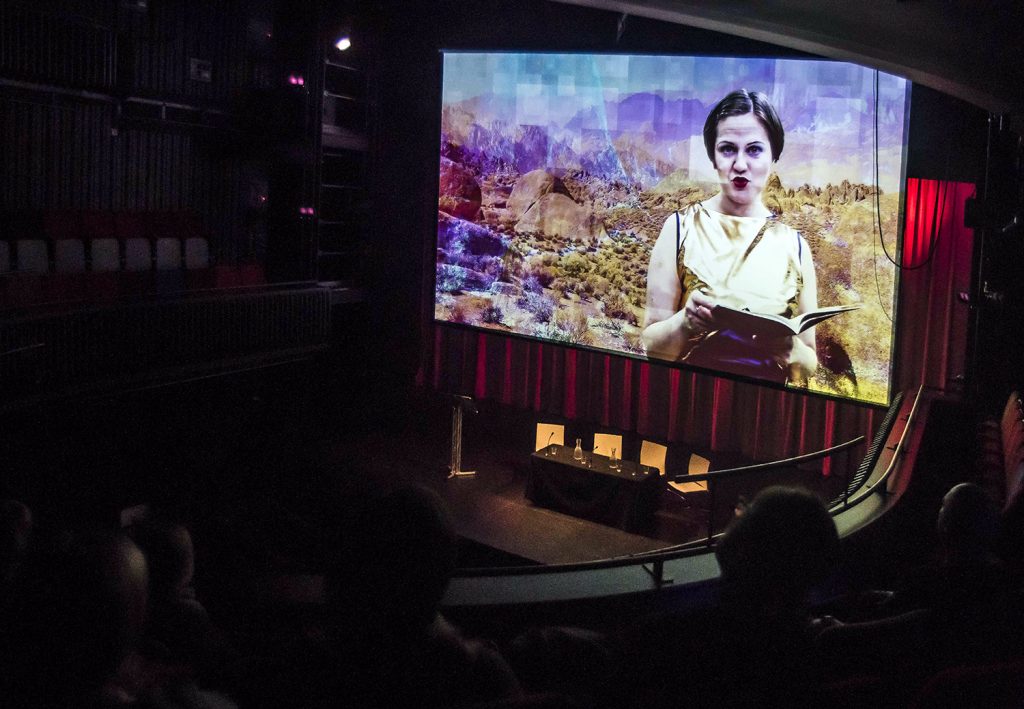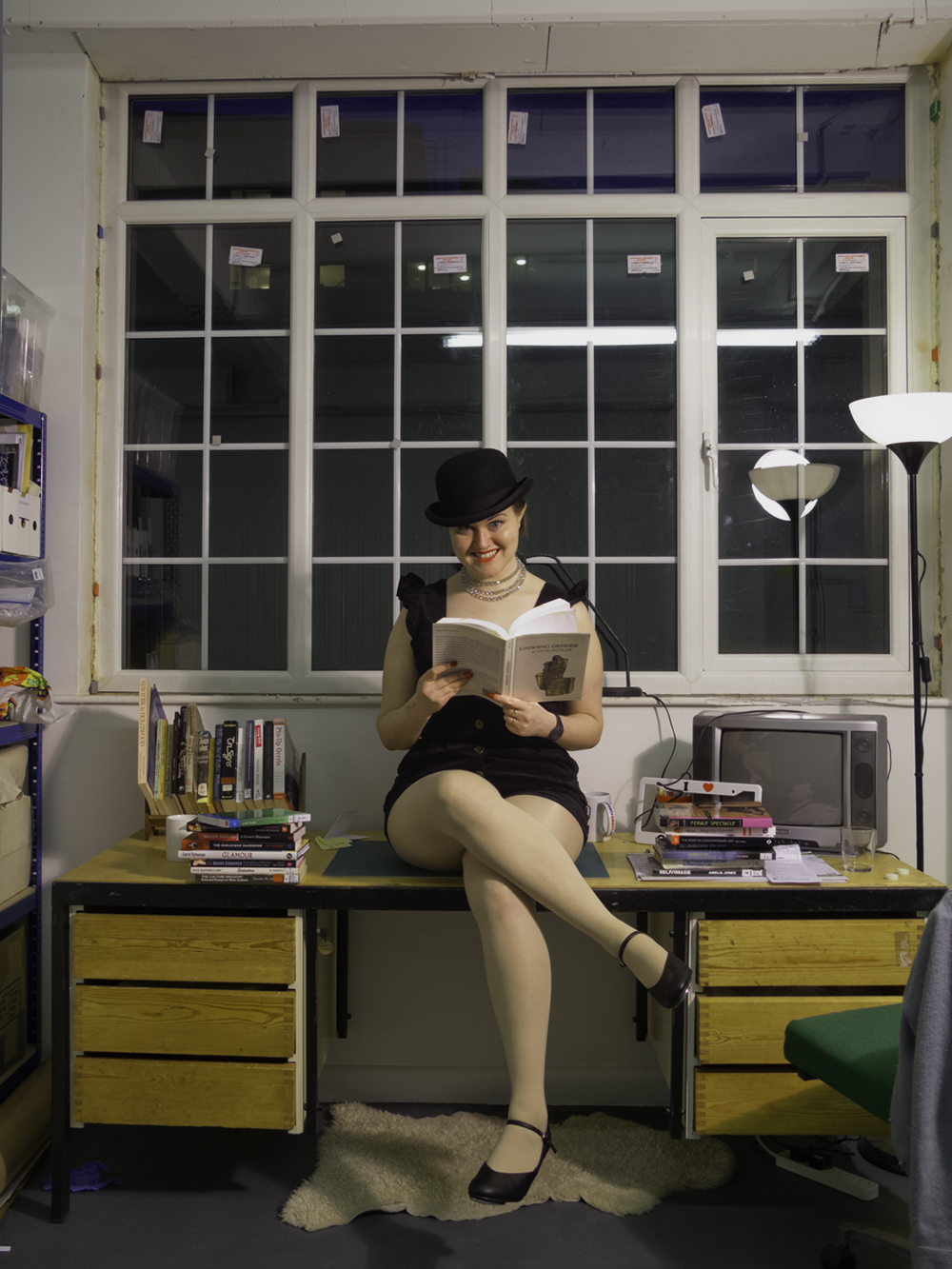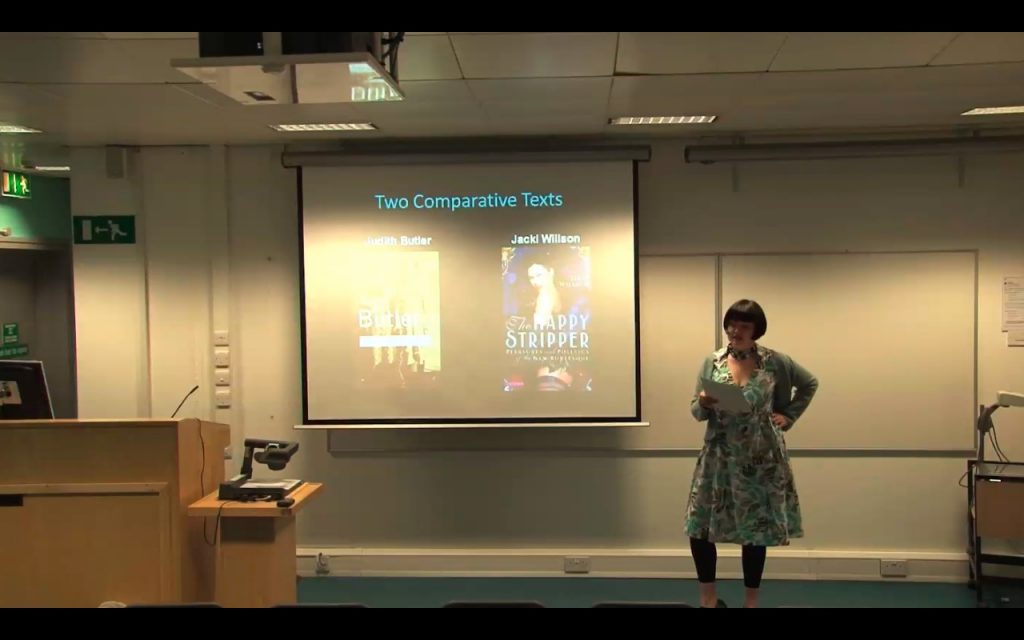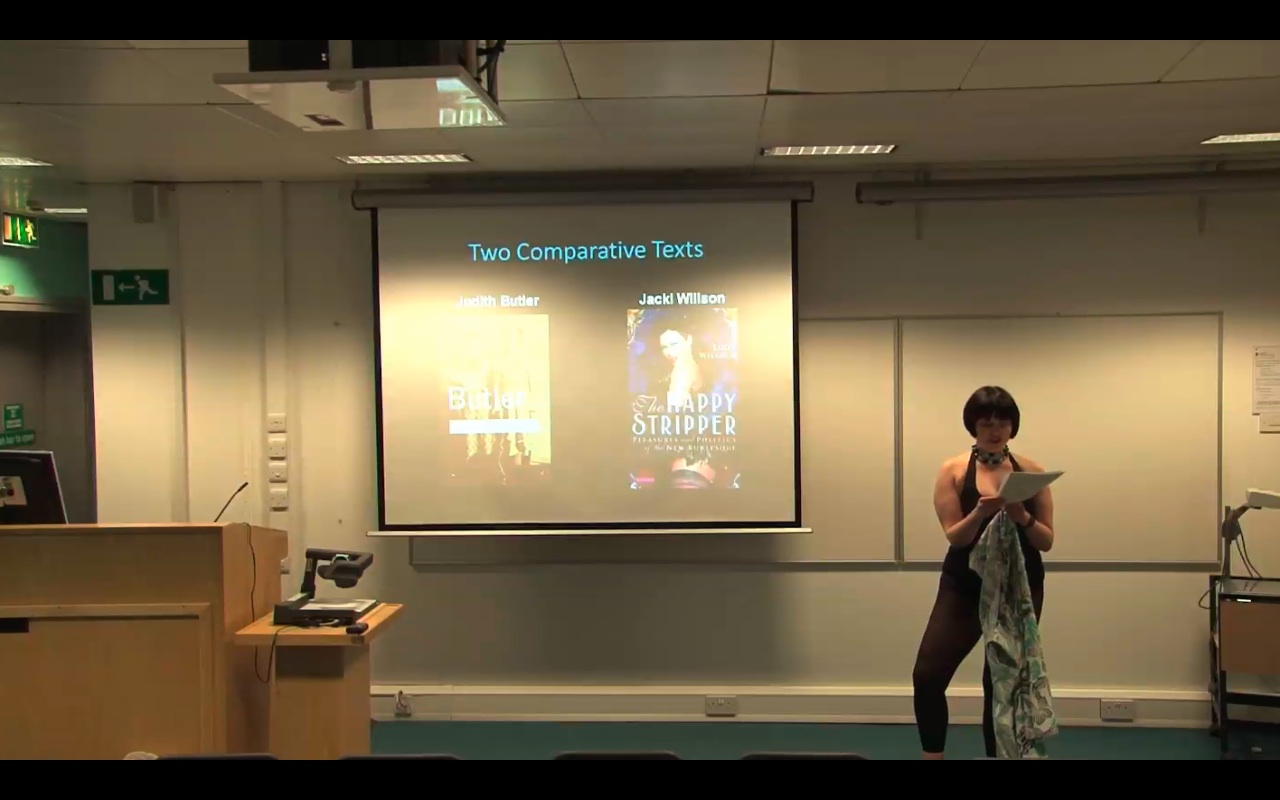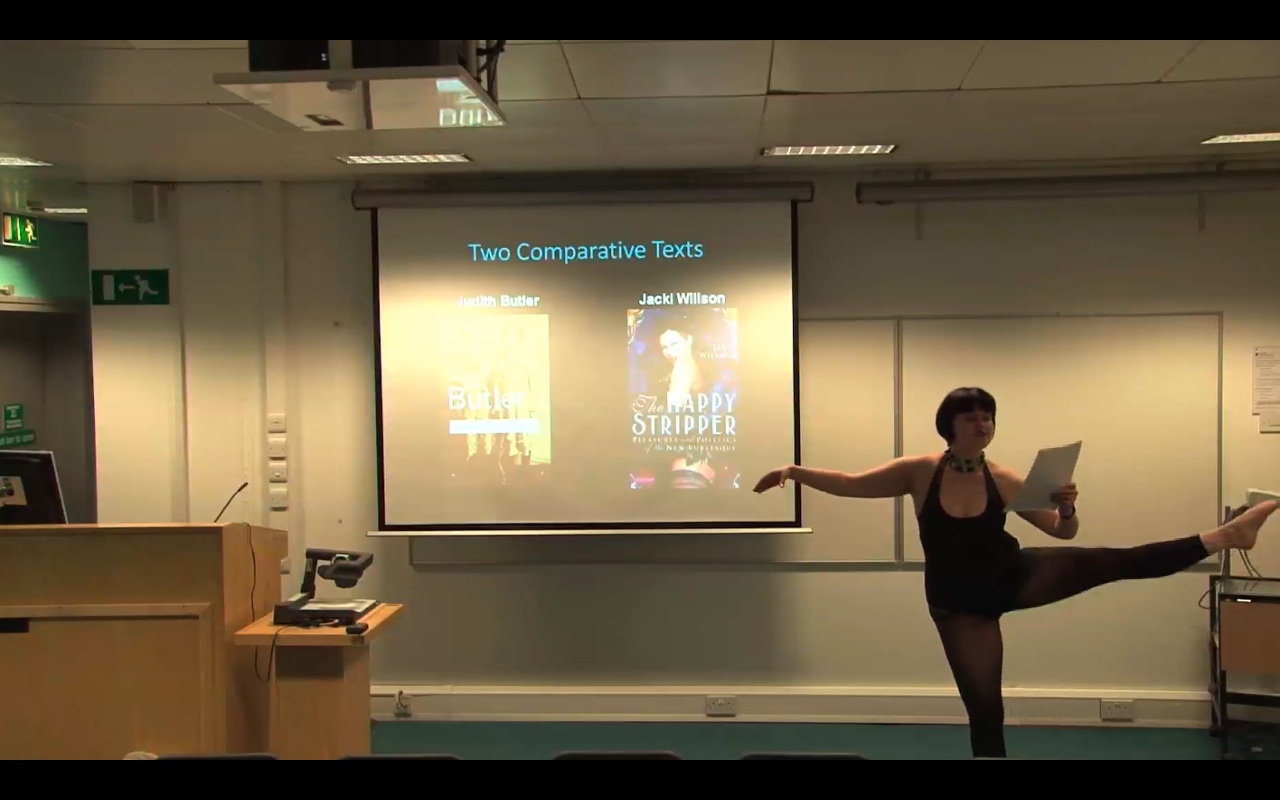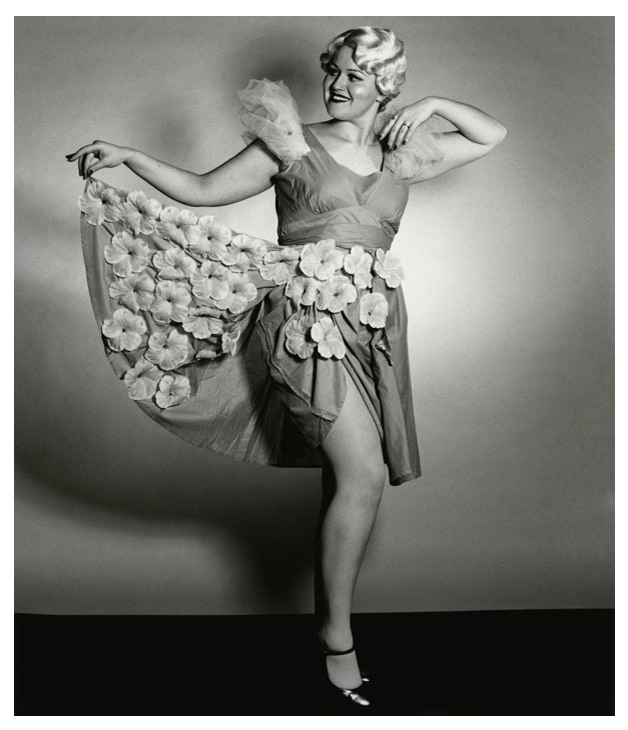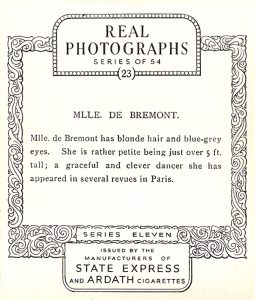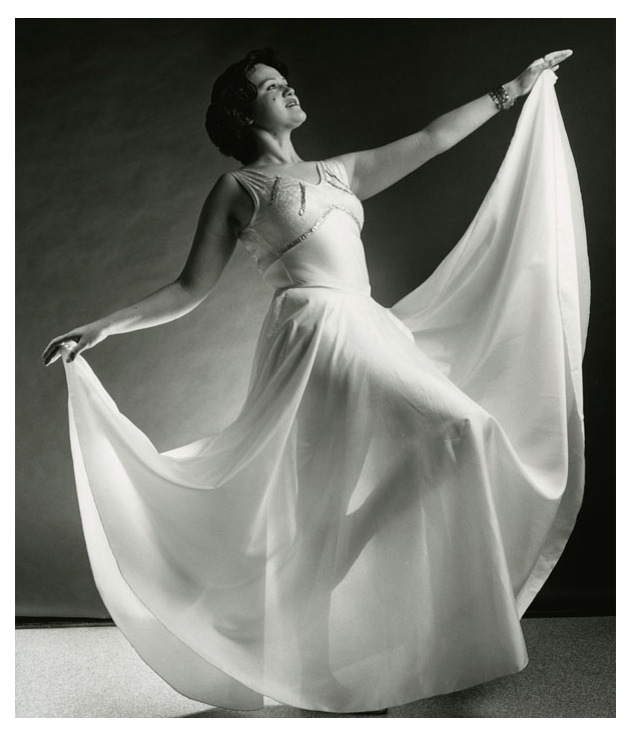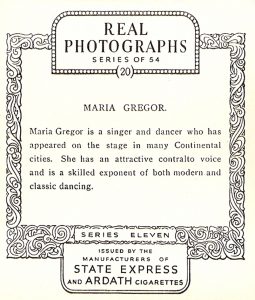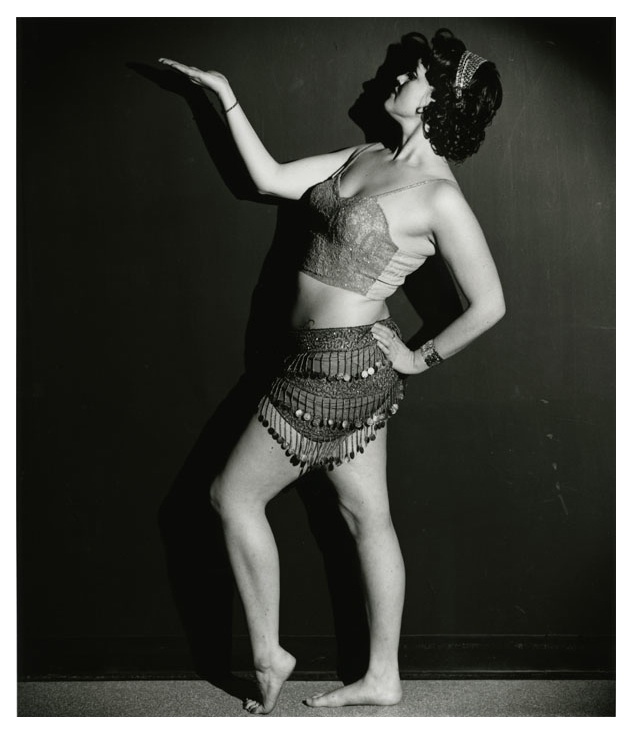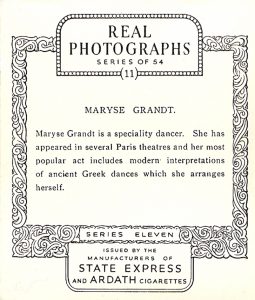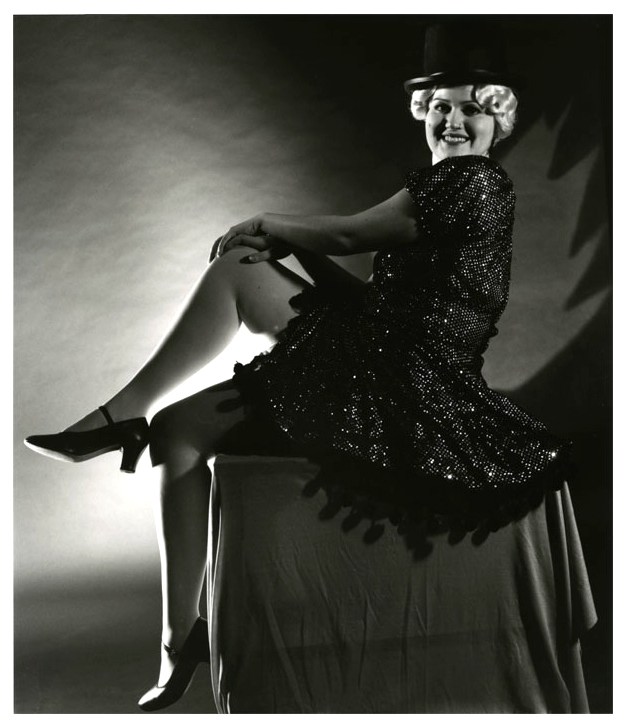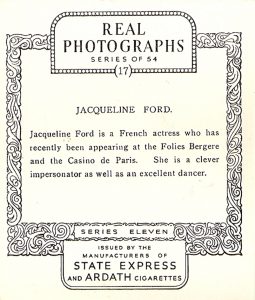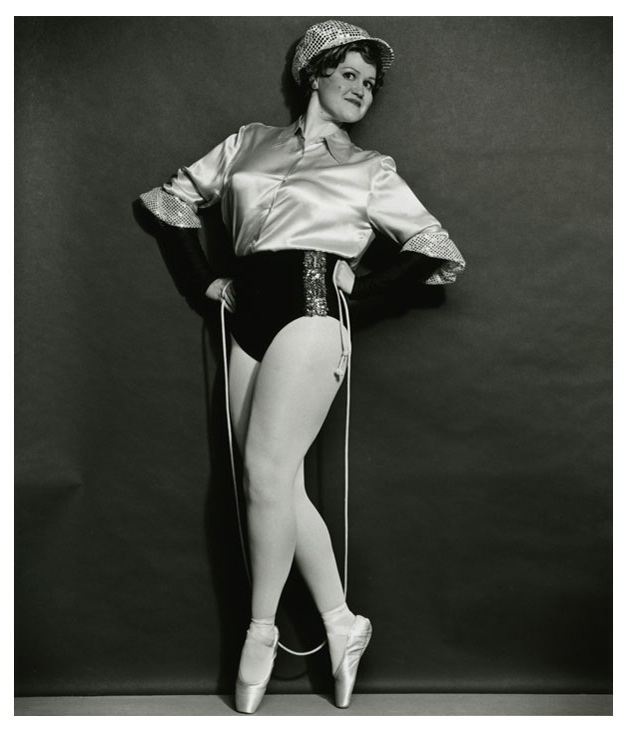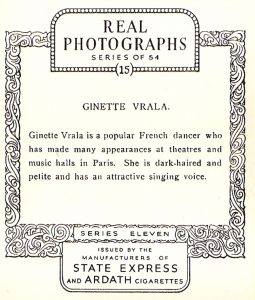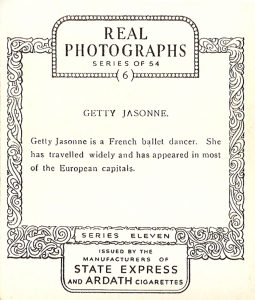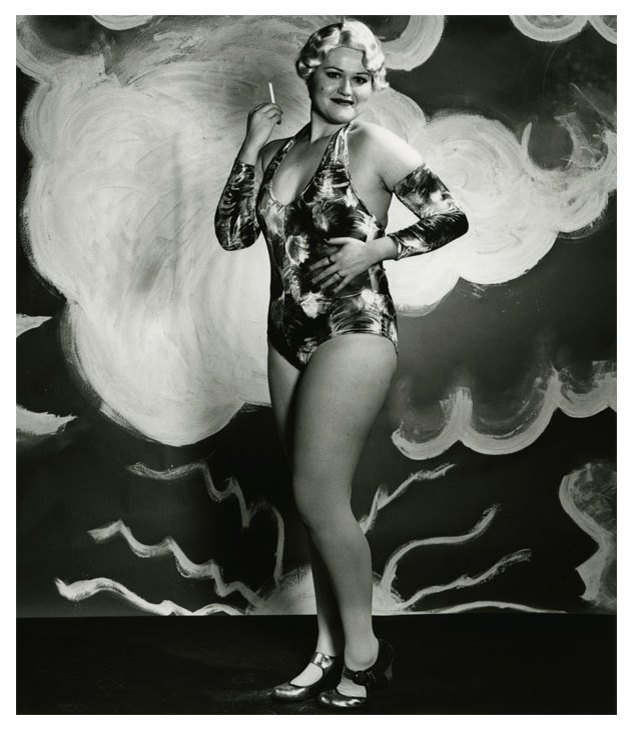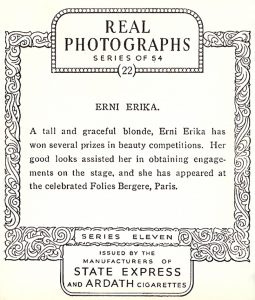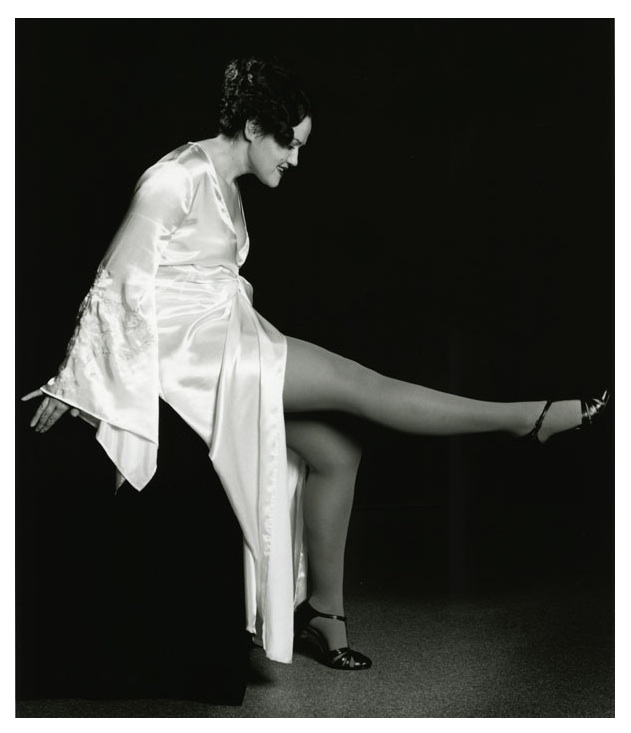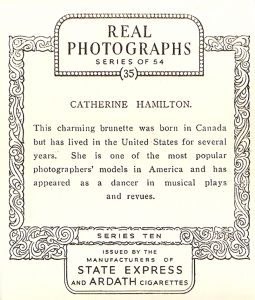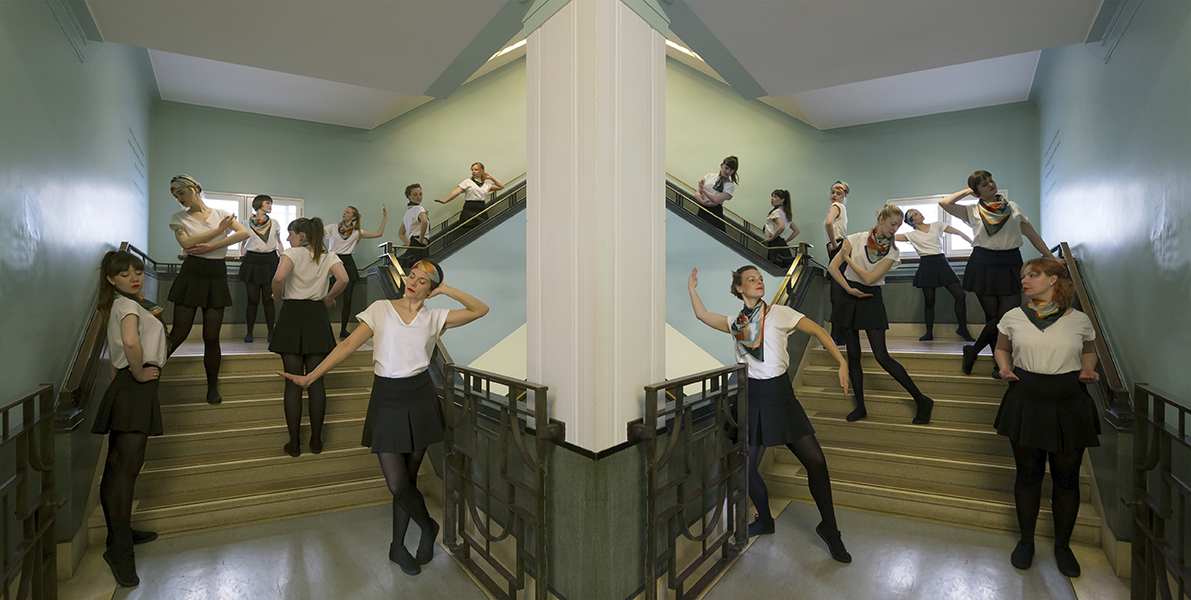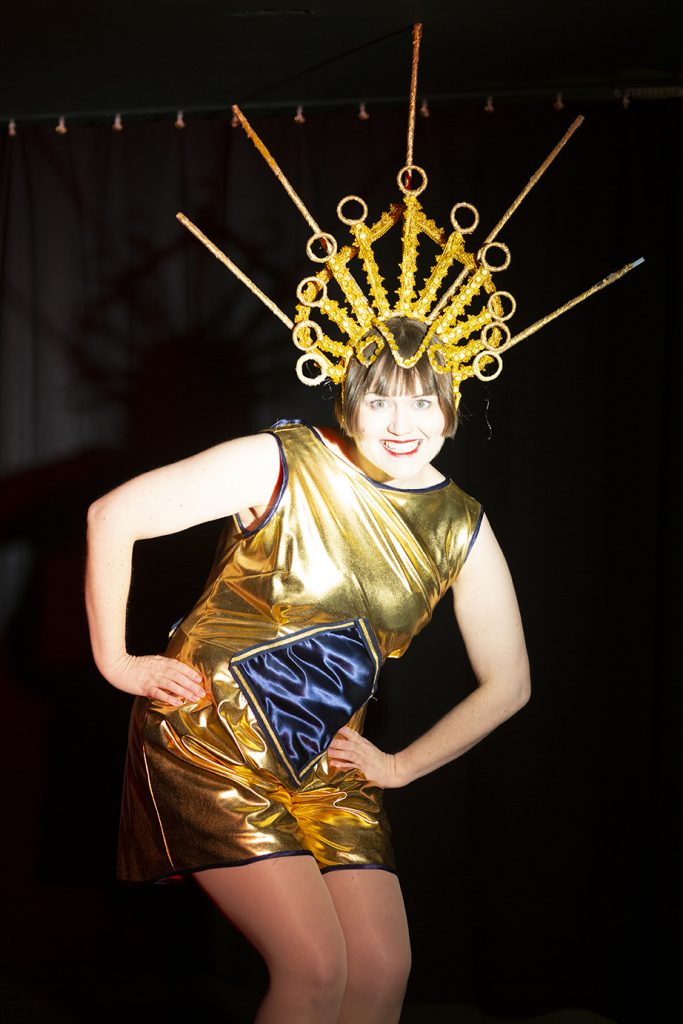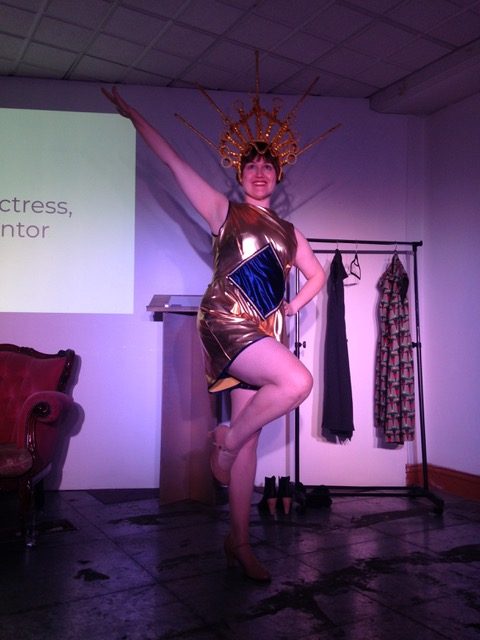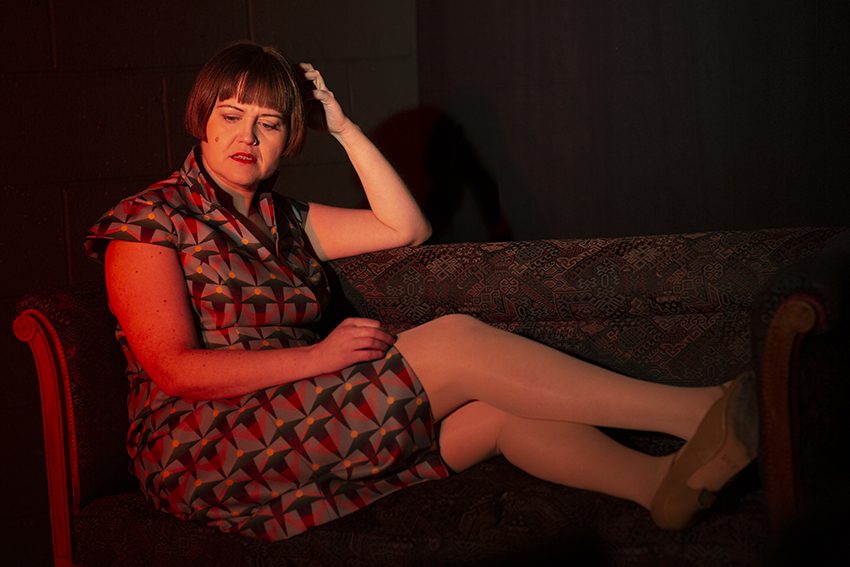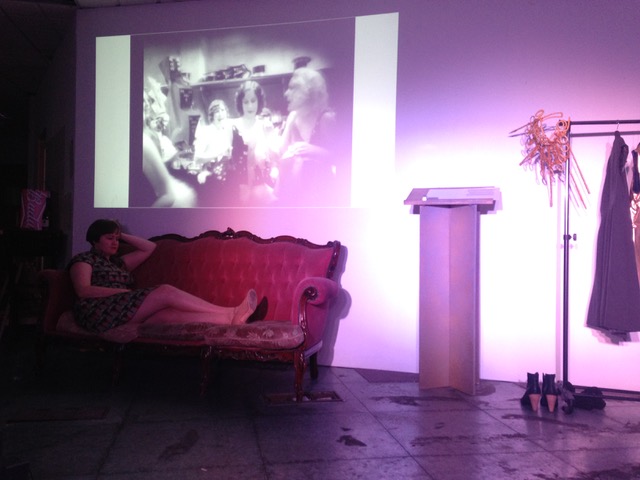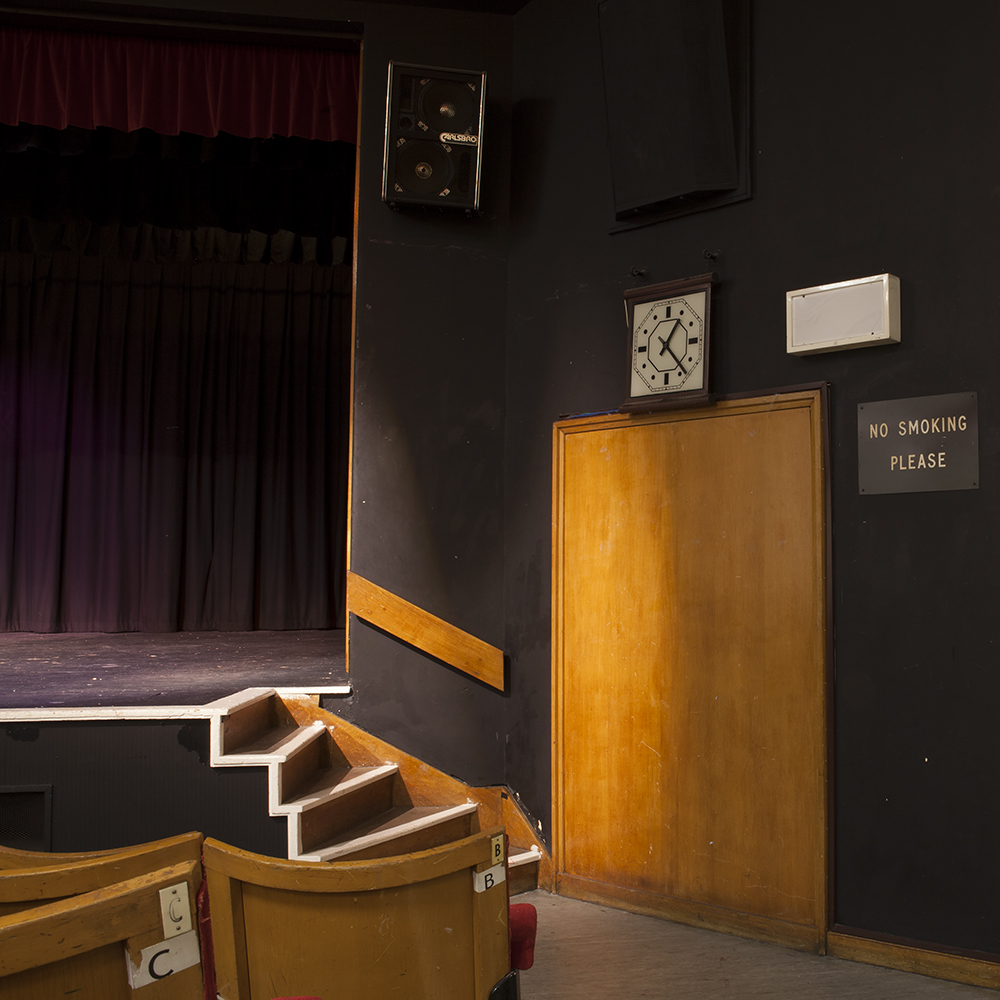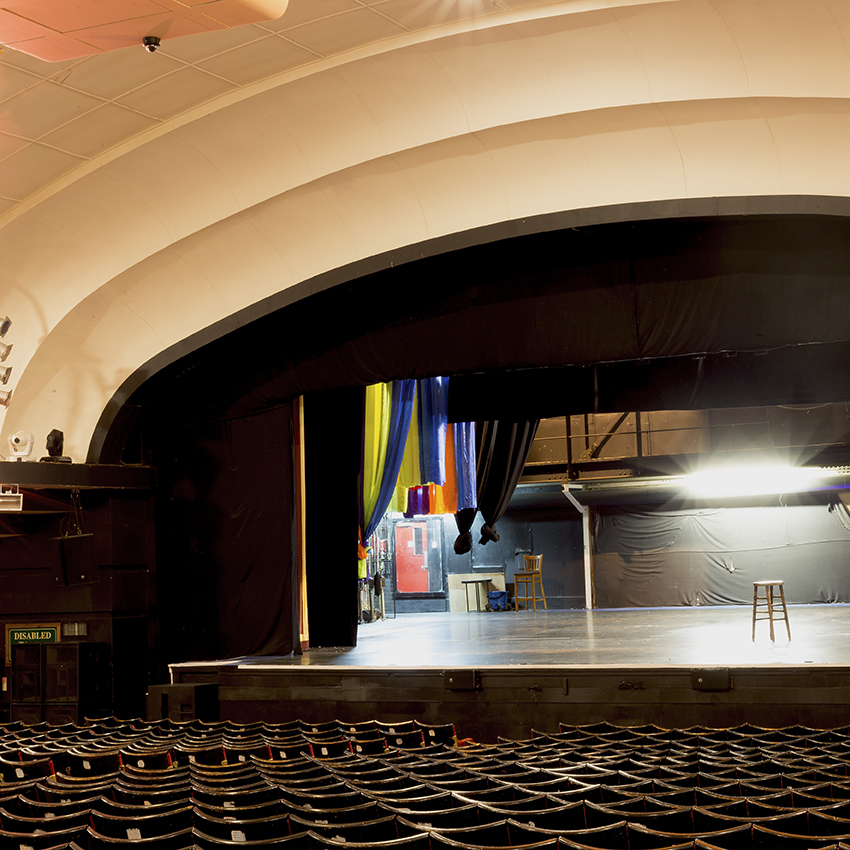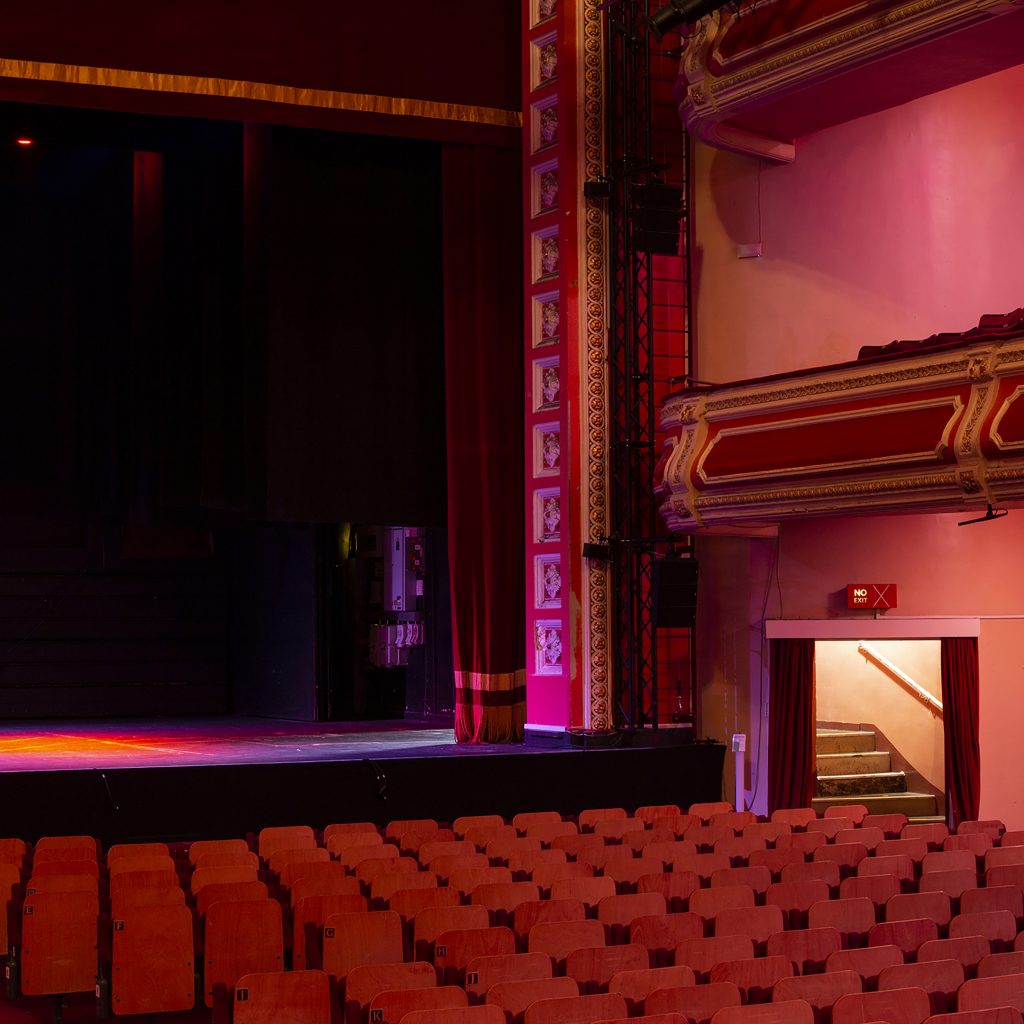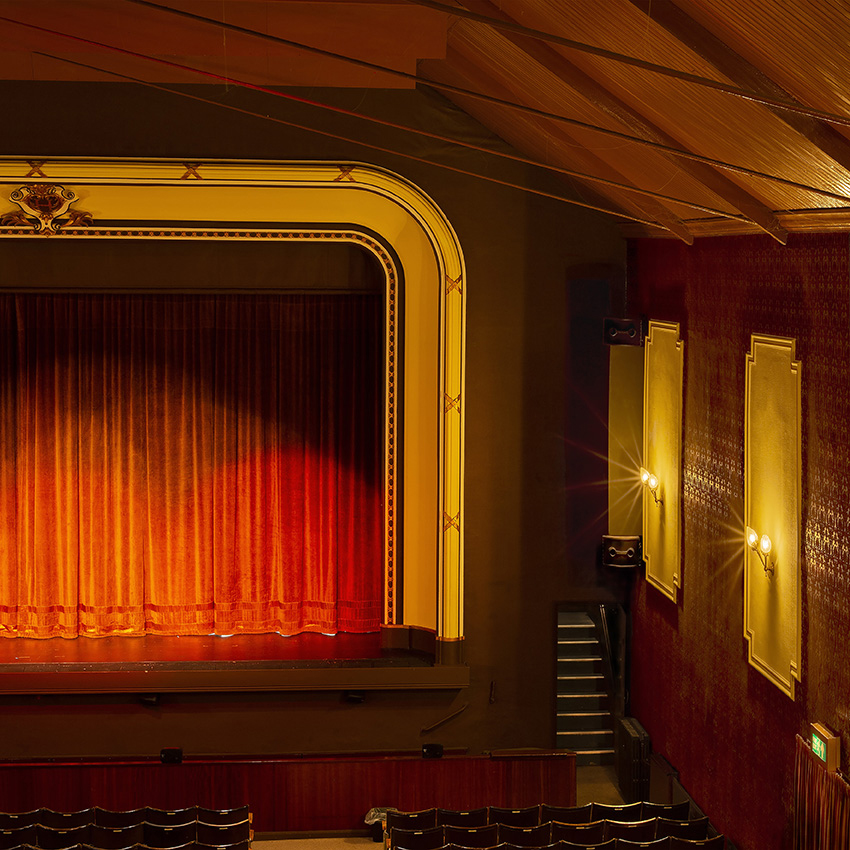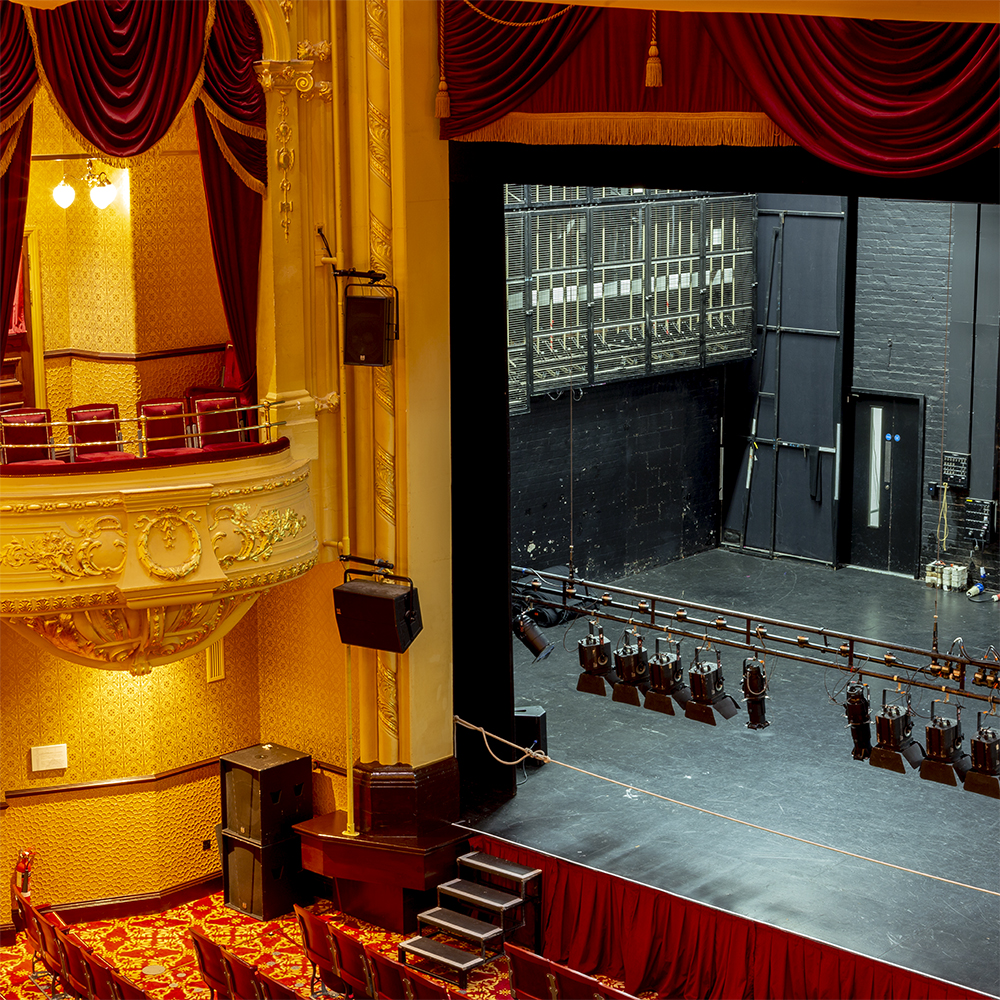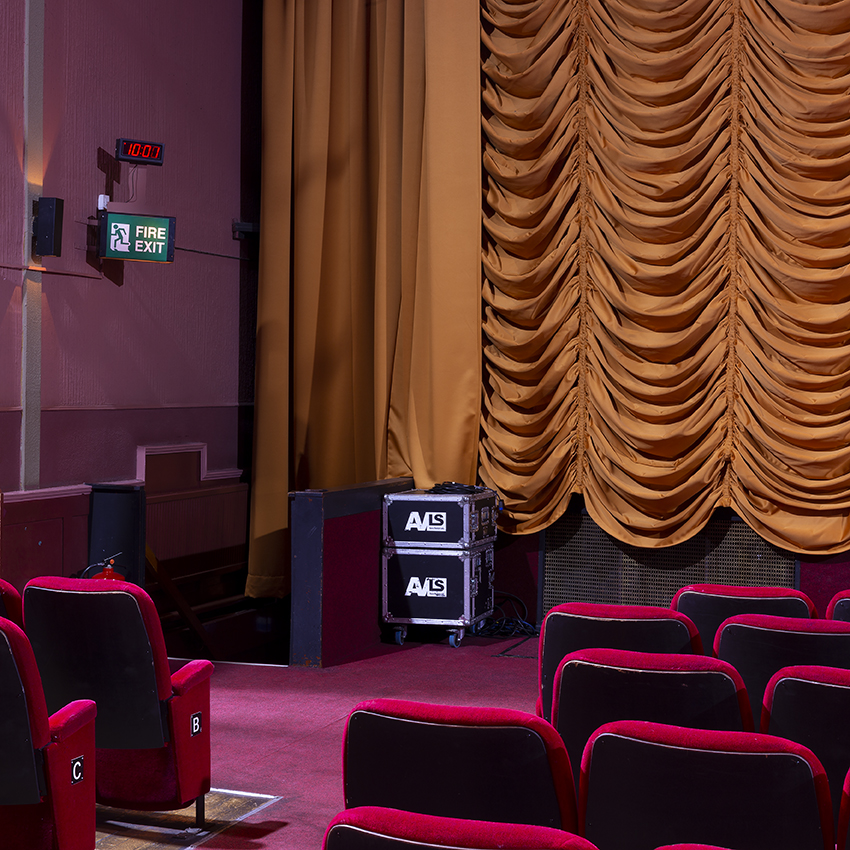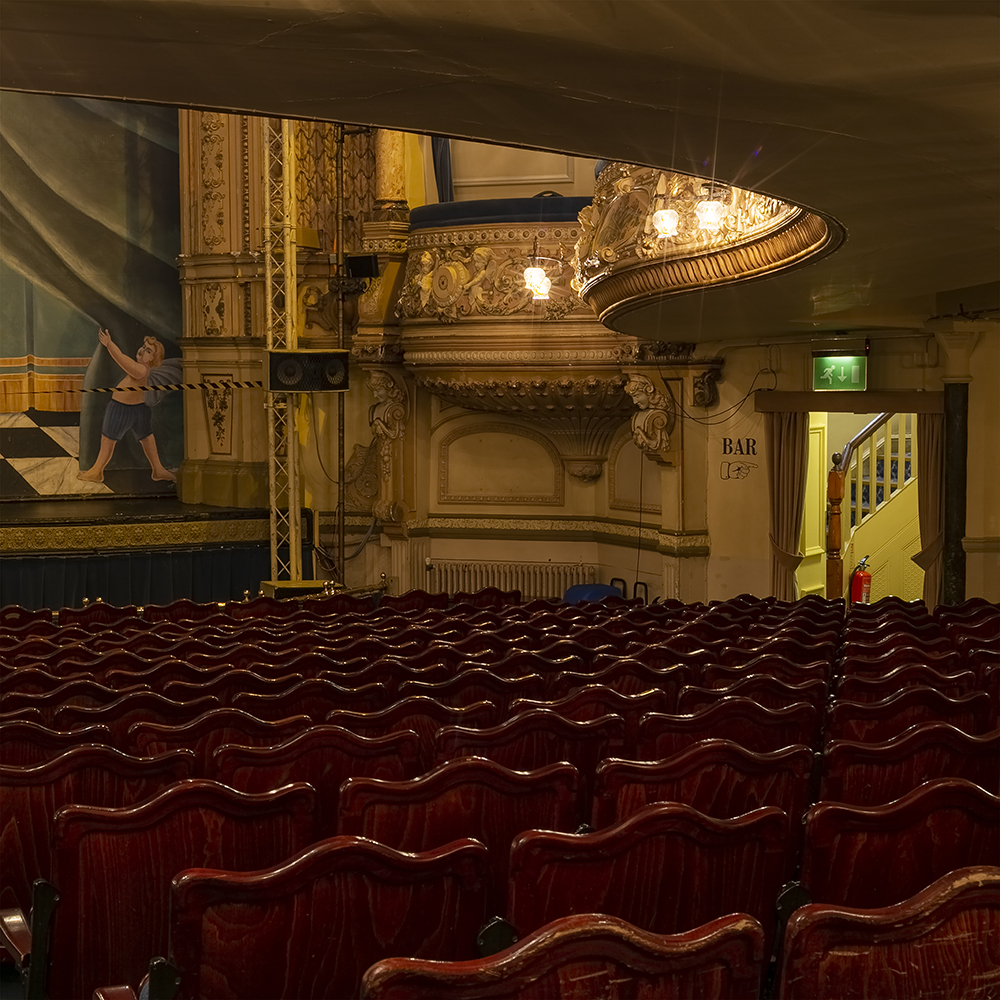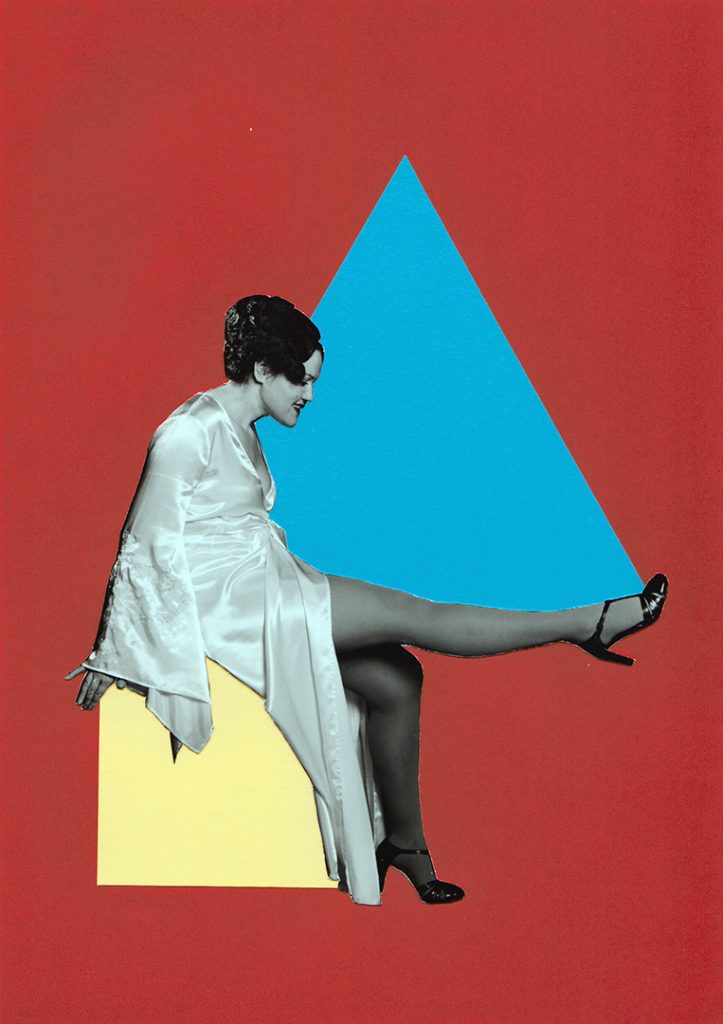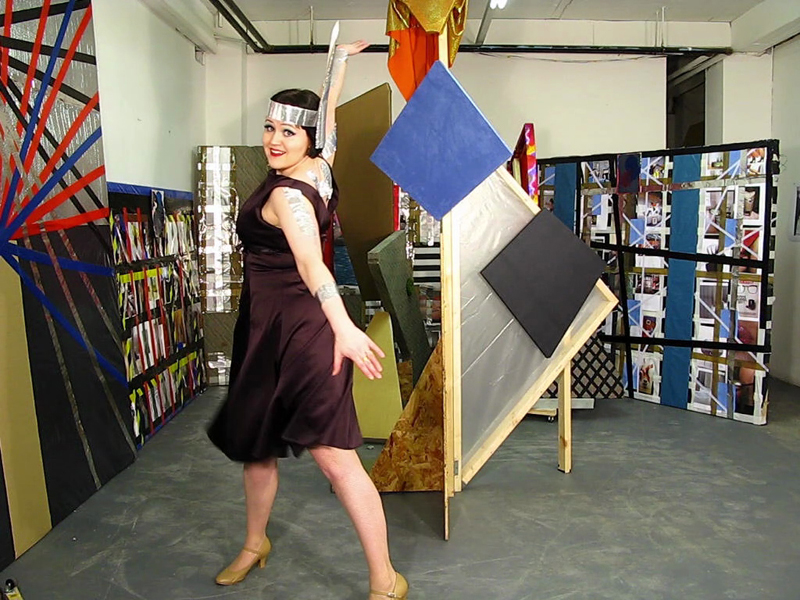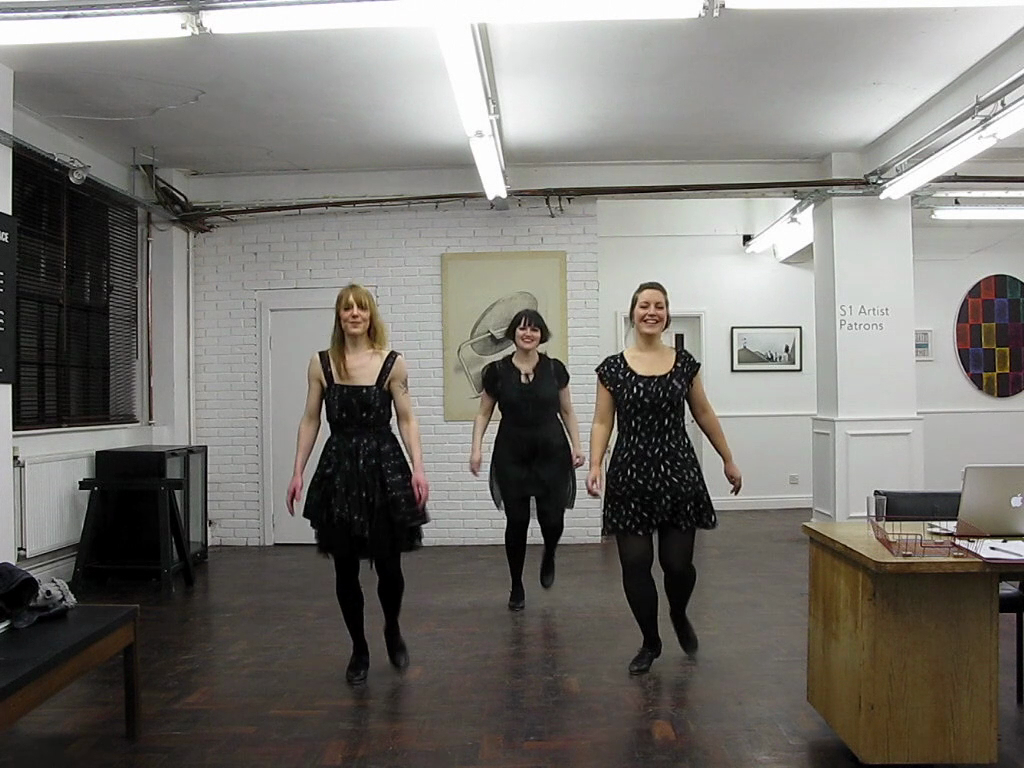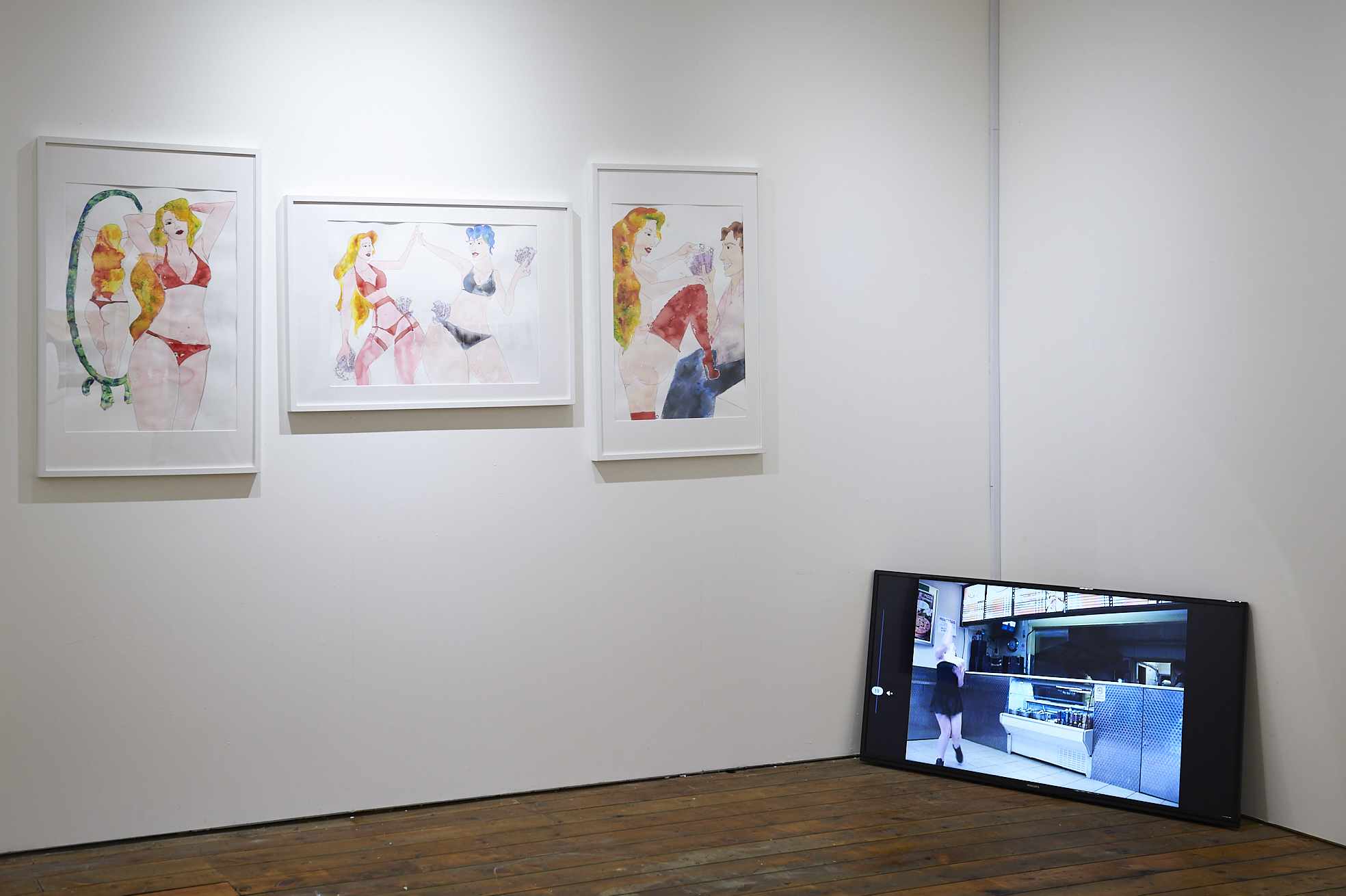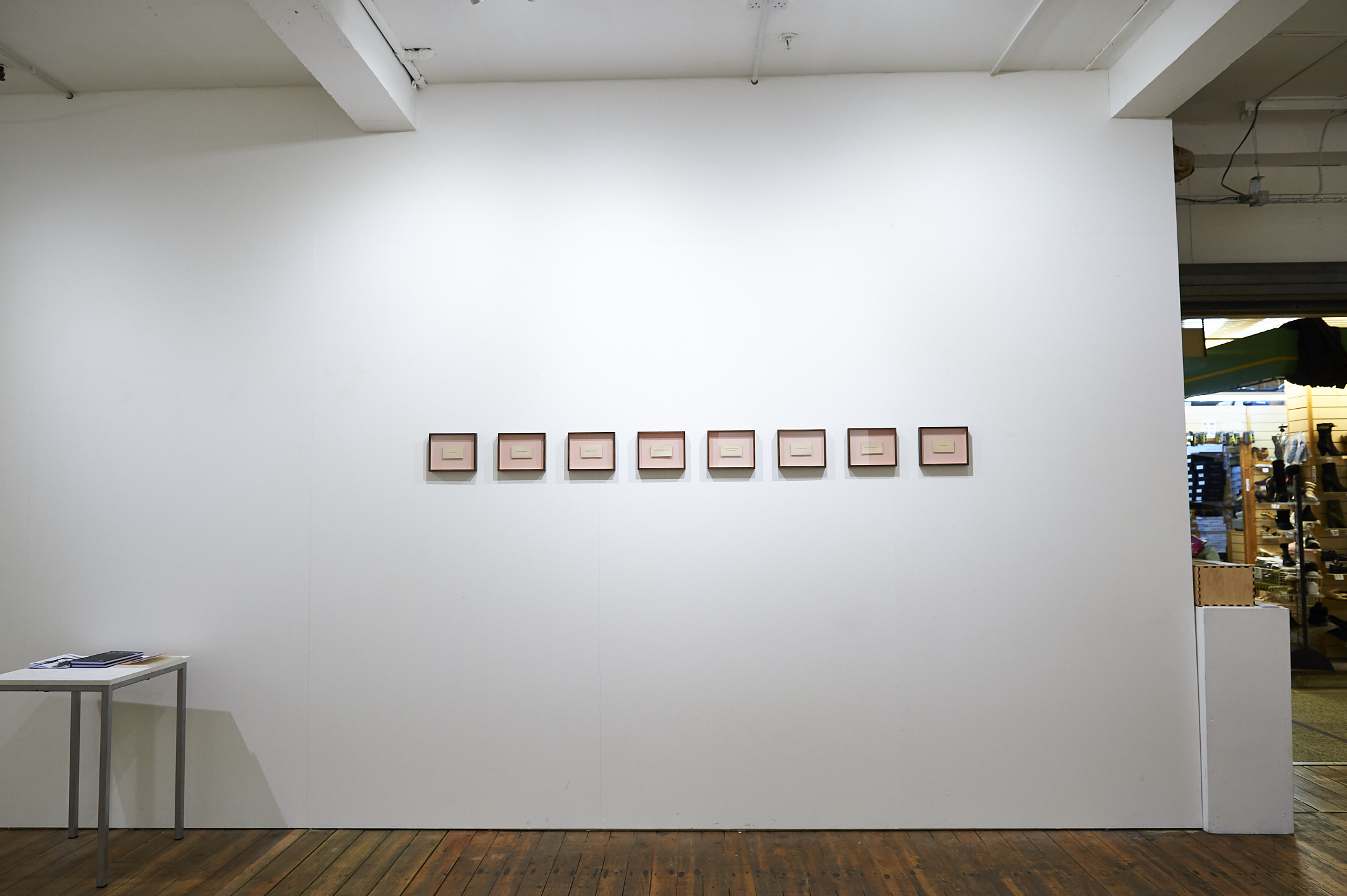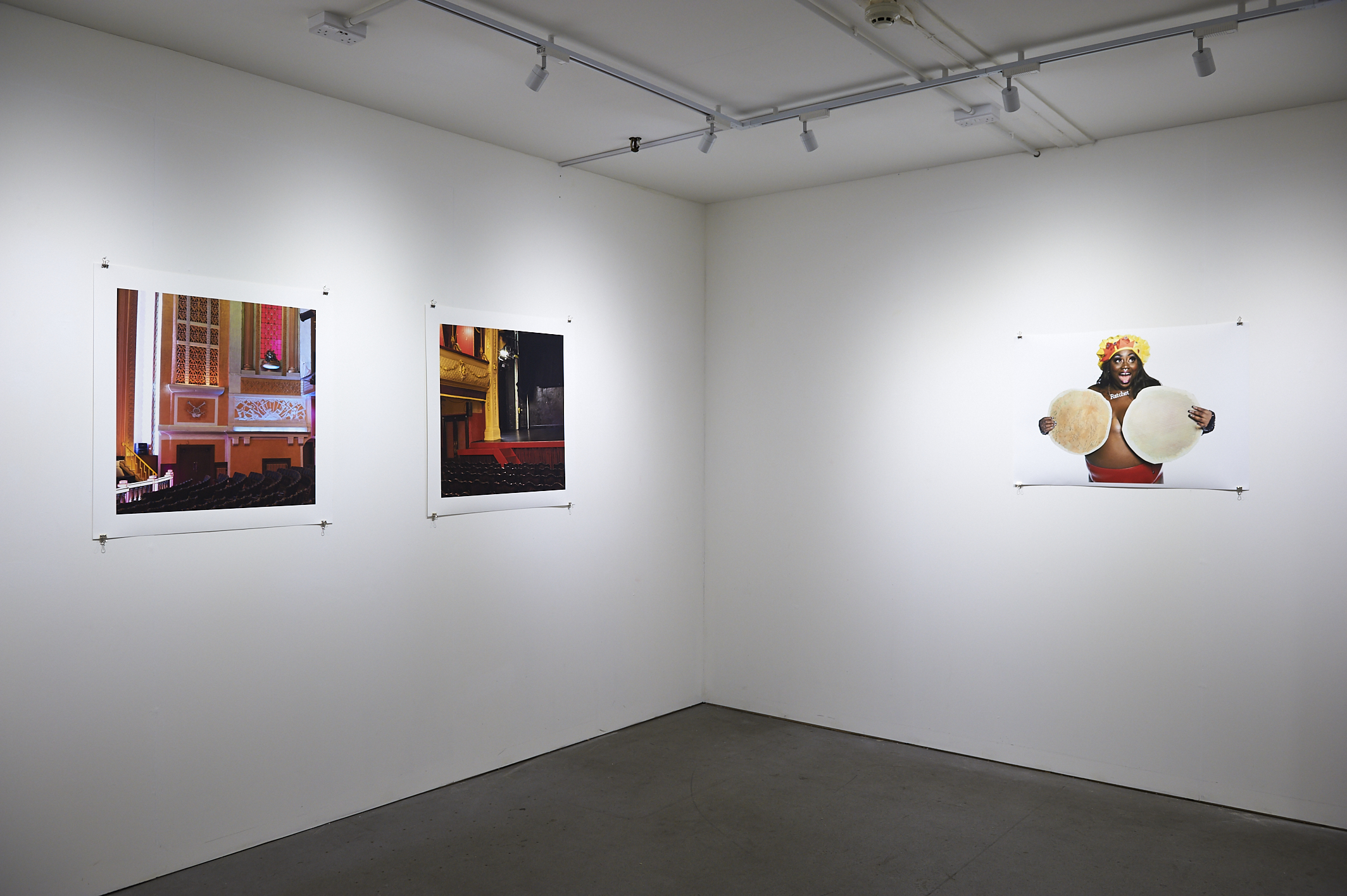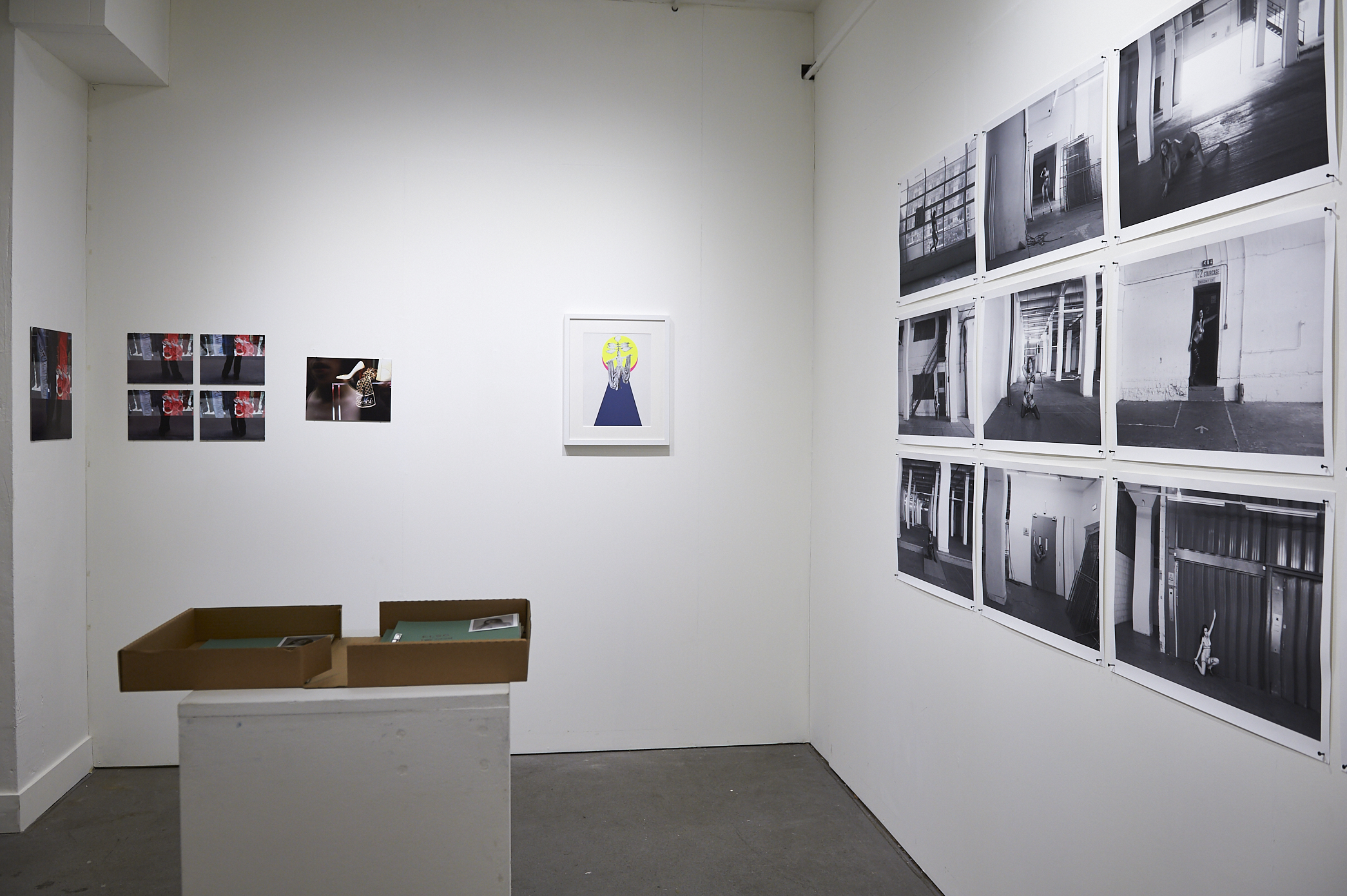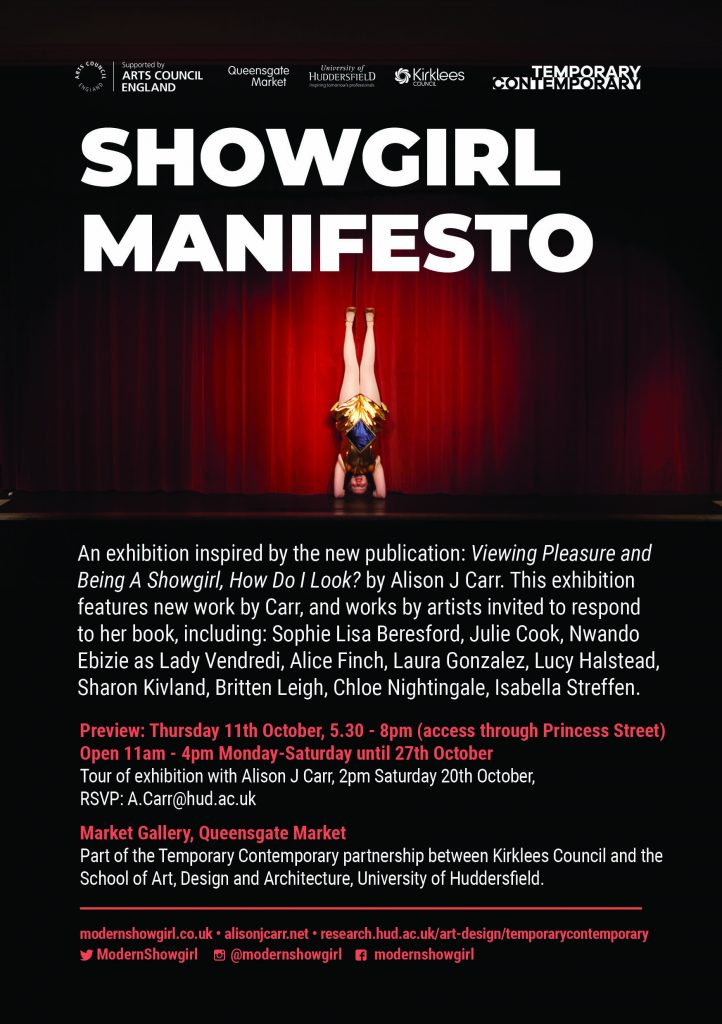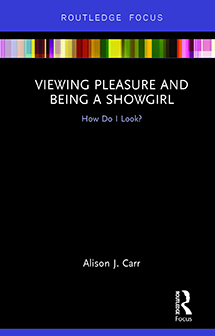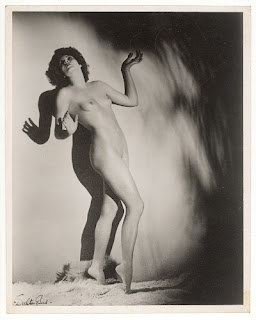Let me start with a defence of my research. I don’t remember when or where I was, or whom I was speaking with, but shortly after Lana Del Rey released her single ‘Born to Die’, a female friend told me about the video. She was saying I had to watch it because she was ambivalent about the visual messages of the video: ‘It ends with her limp body being carried by her boyfriend’, and she wanted to know how I interpreted the video and her lyrics. Later that day I watched the video and I loved it. I’ve blogged already a little of my responses to it. I want to just underline what I can do with my research, and why I think it has value. I am invested in reading images of women, recognising where she has dominion over her body, her mind, her agency. I want to affirm and champion these instances. Sometimes, I question the value of simplicity of the intent of my research. And then, the furore created by Samantha Brick’s article in the Daily Mail and Ashley Judd’s puffy face makes me realise this is important research. We need to be able to recognise a woman’s self-possession and dominion over herself more than ever. I am here to do that.
Until last Friday night, I had never been to a gentleman’s club. For my research, this omission was something I had no rationale for it; I could not justify not going. So, I went. I went to Spearmint Rhino on Tottenham Court Road with a fellow researcher: female, looking at the histories of striptease. We had called them up beforehand to ask if we could enter without a man. We could, but we had to mention this conversation, take a name down, and mention it at the door. As we drew near to the door, a bouncer began to say ‘sorry ladies’, but we mentioned the name, gave our names, and were allowed in. As we paid, we were told you have to sit at a table, tables are free, but wait for the bar staff to come to you and take your order. We had to hang up our coats, as we did so, we could hear door staff downstairs speaking through earpieces ‘yes, I see them they are down here’ before we were approached and taken to our table. Whilst this was happening, we felt that our presence was a threat, a non-fit.
We were seated very near to a raised stage area—a thrust stage/catwalk with a pole installed. Looking around, the light was dimmed, seats were velvet padded, I got a feeling of golds, velvets, lowered chandeliers, boudoir, bordello. There was a softness to the décor, plush, not hard. House music pumped and we had been warned we were not permitted to dance, or touch. Behind us was a podium with a dancer, across the room another podium and another dance area on top of the bar. Topless dancers gyrated slowly, coyly, sometimes smiling, occasionally looking around, sometimes moving caught in internalised state.
I watched the stage and the cheeky, confident energy of the dancer, in fishnets with a visible access hole, a trilby, long black and blonde hair. Bad girl stripper chic. An underdressed waitress took our order. Thank god she wasn’t wearing bunny ears or an equivalent. She was wearing a waistcoat, hotpants and fishnets. She was really really friendly and helped us to accustom ourselves to our surroundings. We ordered wine, which was not over-priced, surprisingly. We watched the next two dancers, both with thin long bodies. I wondered about the limits of the acceptable body type in this context. I looked up at the podium and saw a dancer with a body closer to my own size 14 body and I held my look at her, I smiled at her. She held my gaze. At some point, I could not handle the looking any more, and I looked away. I am in the position of a man, I can look, but I’m not used to this kind of permission to look and so it takes some practice.
The dancers move around the room, sometimes alone, sometimes in pairs, holding hands. They sit down and chat to the men. We are not approached. We drink our wine and watch.
The room has a calm to it. Men are secreted into banquettes, booths, around tables. The architectural details and high seats meant that scanning the room, I did not get a sense of the volume of men are in the place. At the other end of the evening, when the club really was emptying out, I got a sense of how the atmosphere felt—I could feel that there were less men in the club, rather than visibly see their absence. The calm was eerie. As though desires were sated. When I was younger and I went to nightclubs where alcohol was the main drug of choice, I remember the meat market atmosphere. The testosterone surged through the space. As I woman I could feel this strange rampant energy, being looked at. It was a struggle to both understand what was going on (my 18 year old self really didn’t understand how I was looked at) and a struggle to protect yourself. I used my standoffishness to prevent men coming near me. But here, the space had none that frightening energy. Male desires were catered for. They did not had to fight for it, so calm prevailed. Their needs were acknowledged, administered to, in what felt like a safe space.
A woman sits next to us on the adjacent table shifting up near to us to accommodate the large group of male friends she has come with. She starts chatting to us, to find out why we are there. We chat to her throughout the evening. She’s been a stripper in the past: the proverbial college-student stripper. She’s at ease with the set up, she enables her male friends to get the dancers over. Me and my researcher friend are bought drinks by our neighbours. Two tequila shots and a glass of champagne each. Oh dear. I’ve never undertaken my research so drunk.
I hear the song ‘Ill Manors’ by Plan B, then a remix of ‘Hometown’ by Adele. The dancers come and go from the stage. We hear an announcement of their name, they come out or there is a delay and an empty stage momentarily. There seem to be different approaches to the stage. Some walk on, hold the pole, twirl around it a little, leaning outwards, with gauche internal sexy expression, self-absorbed. The dancers start with their tops on, then they remove them, put it onto a sofa that is at the stage end of the catwalk. Another approach is to come onto the stage with a small towel and wipe down the pole—I’m told the towel has alcohol on it, so as to remove the sweat off the pole and enable greater grip. A dancer doing this announces her impending attack of the pole. These are the exciting dancers. They run to the pole, jump, inch up it, invert their bodies, push out into impossible positions, flexing their muscles. When a dancer dramatically drops from the top to the bottom of the pole—still perfectly in control—there are audible gasps across the room.
Watching the dancing onstage is important to me. This is the only part of the evening in which I am myself. I force myself into the setup. I watch the dancing, the energetic, performative dancing engrossed, excited. This is a subversive pleasure. I am reading the setup against the grain. Pushing my gaze into a situation not designed for me. My favourite dancer is called ‘Aurora’. She dances athletically on the stage and pole but I see what I am after: she has dominion over her body, over her performance. She owns the moment. Rock it, Aurora!
My researcher friend chats extensively to our new female friend and the dancers who tentatively approach us, about her research, why we are there. I feel the alcohol. I feel the music. I enjoy watching. I chat too, but listen a lot. If a dancer wants to come to work, she must pay: £20 for a day shift, £85 for a night shift. I remember Lily Burana’s book ‘Strip City’, I wish and hope these dancers will unionise and force the clubs to not charge them to work. Most of the girls are English. A couple of Italians chat to us. One is chef by day. Then there is a Romanian. They tell us their dreams, to get out of London, to go to the sun, somewhere. A dancer tells me the rules we are told at the beginning are not specific to us as women, everyone gets the same rules. One dancer is sitting on the knee of a man in the group we are next to, she turns around and chats to me. She sees my necklace, she likes it and touches it, she touches me. In this club the dancers are the ones who are allowed to touch. They choose when and how they touch. We, the punters do not have any touching rights.
The women who sit with us speak freely. They speak of their attitudes to the work, describing the conditions, dress codes. Long dresses are encouraged. Some wear long dresses, but safety pin them up at the front to reveal their legs. Hen nights have come here, also lesbian couples. Apparently the club is very relaxed, it’s this is appealing for dancers. A self-selection happens—the dancers who are interested in chatting about their work, speaking with women, switching off from the hustle for a while, come and sit with us. I like them. I guess there may have been women who I wouldn’t be interested in us, who aren’t open, warm, receptive to other women, but they do not approach us—so I can’t report if those type of women circulate in the club, if they do, I did not encounter them.
A performer comes out and works on suspended hoop. She wears black heart-shaped pasties. A dancer comes over to us. She’s been watching us. She sits next to me. Warmly she introduces herself to me, Leanne. She touches me lightly and tells me to have a private dance with her. I think she is a little older than me. She has a warm and nurturing manner. She holds my hand and takes me to sort of alcoved sofa, where private lap-dances are taking place. Before she begins, she asks if I’ve ever had a lap-dance before, I tell her no. She says, I’m sorry honey, I’m gonna have to ask you sit with your legs apart, as she moves my legs into place. I am in a black pencil dress with my legs apart, thank god it’s a private area, I feel so odd. She presses her cheek to mine, I can smell her skin. I didn’t expect the skin contact, she’s so soft, the light touch carries a frisson, the touch leaves a tingle on my skin. I shut my eyes, feeling the sensations instead. I feel her breasts brush across my face. Once she has finished she asks me if I would like to her carry on. I do, but I say no. She takes me back to my seat. My friend is not around. She has says she’ll come back to dance with her. Leanne has decided she will introduce us to lap-dancing tonight. She made that decision. She scouted us out, she says she passed us a number of times—checking us out, feeling our vibe.
Later I am sitting chatting to one of the men from the group next to us. From this group area we are sitting in, the party has broken up a little, we are the only ones there for a moment. Aurora approaches us and sits down next to the man, to tempt him to have a dance. I say, if he doesn’t want one, I’ll have one. She smiles at me, and says come on then. She holds my hand and leads me away to a different alcove. She asks about me, why I am here, I tell her about my showgirl research, that I’m more used to burlesque. I feel the touch, its not as intense, I keep my eyes open. I feel her long hair touch my skin. She smiles at me, meets my eye, hers is a very visual lap-based performance. She tells me she’s 30—she says the older dancers are better as they know their bodies and are comfortable in them. Afterwards she tells me that her day job is as a ballet and contemporary dancer. That’s why she’s such an charismatic performer! She wants to teach dance on the internet, to set up her own business. I think how much I’d love to interview her, I give her my card.
I’m sitting alone. A young looking dancer approaches me, sits with me and chats. I talk about my research. She presses me for a private dance with her. I look in my purse, two ten-pound notes are left, enough for another dance, but I do not want to spend the money. She remembers what I just told her about my research and she uses it to convince me to dance with her. She is a mirror; she knows how to work me, to be what I want. I cannot find a reason not to have a dance with her. When she dances it is a less intense experience. She kisses me on the cheek again; it is like a goodbye. I cannot believe I paid for it. This is a strange moment, I was not in control, I got a dance. Afterwards I realise I did not ask her her name. Or if I did, it did not stick in my brain. I know nothing about her. I do not really enjoy this interaction. I would guess she was around 20 years old.
It must be near closing time. The dancers are leaving, the punters have left. As we walk up the stairs to leave, Leanne is ahead of us. She is in a track suit and cap, she doesn’t look back. As we get to the door, some of the dancers are clustered round, chatting, waiting for taxis. Leanne has gone. I feel strange. I never said a last thank you and goodbye. The rules of engagement across the entire evening are so strange, so different to what I used to. My usual boundaries did not apply—to an extent my gaze and desire was a non-fit, this place was not designed to facilitate encounters for me, but that did provide a space for me to transgress. That was certainly exciting. This is the nearest I have ever come to imagining, feeling, experiencing what it must be like to be a man. I guess I was uncertain as to whether I would encounter any women with self-possession, dominion over her body, her touch, her looks but I did. Throughout my research, I have to negotiate my own boundaries and ambivalences. Watching women perform as objects is a strange terrain to navigate, and I have written about the moments when I have felt discomfort. I have to emphasise that across this evening there were such a wide range of approaches to being a dancer that I cannot generalise. Different approaches to style, dress, performance, interaction, flirtation, communication I cannot make any universal statement. Each dancer represented different levels of object and subject. However, living and working without shame, shameless display and embodiment is important work, there were women this evening that demonstrated that.
Thank you, Leanne and Aurora.



